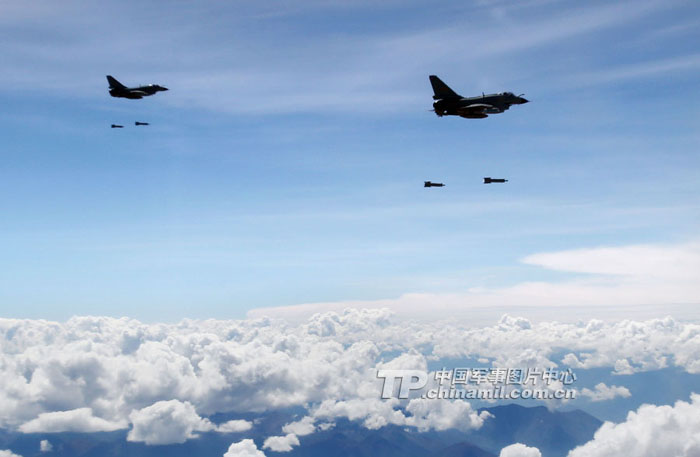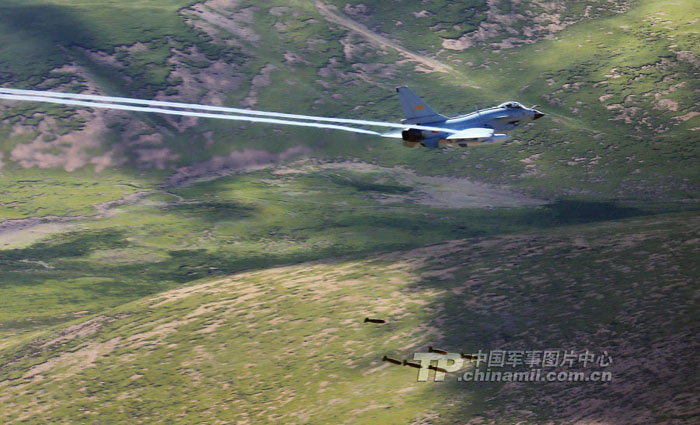I have a question Chuck, so if the missile locked on it's target and can distinguish its shape, so does that mean no matter what the targeted plane does to evade the missile it can still know it's intended target even though the shape changes (like hard rolling, sharp turns, going vertical, etc.)?

I hope I'm not confusing you.
Pretty much. Modern missiles can not only image the target, its cone of vision can be up to 180 degrees. So there is little hope a cool headed pilot can can snap turn his plane out the cone of vision of the missile at the last second, like was possible in the 1960s 70s and 80s.
But there are still 2 ways a modern IR missile can be defeated.
1. blind its IR sensor, usually by means of a laser. The Russians supposedly have such a system undergoing test on the T-50. Flares don't work too well with imagine IR sensors.
2. take advantage of the fact that eventhough a missile is far more maneuverable than a plane, the high speed of the missile and the extremely high relative speed between plane and missile can still allow a skillfully piloted plane to turn inside the turning radius of the missile. When this happens, the missile would have to waste a large amount of its kenetic and fuel energy to turn all the way around to re-engage the target. Making very sharp turns vastly increases the drag on the missile, because the missile would for a while literally be moving side ways through the air, so it consume a lot of fuel for IR missiles to make radical maneuvers, like doubling back on its own course. Typically IR missiles can't do this more than once or twice before running out of fuel. And if the missile is engaging the target near the far end of its range envelope, it would have already burned much of its fuel when it reaches the target plane, and if the plane can just turn inside the missile once, the missile would be defeated.



